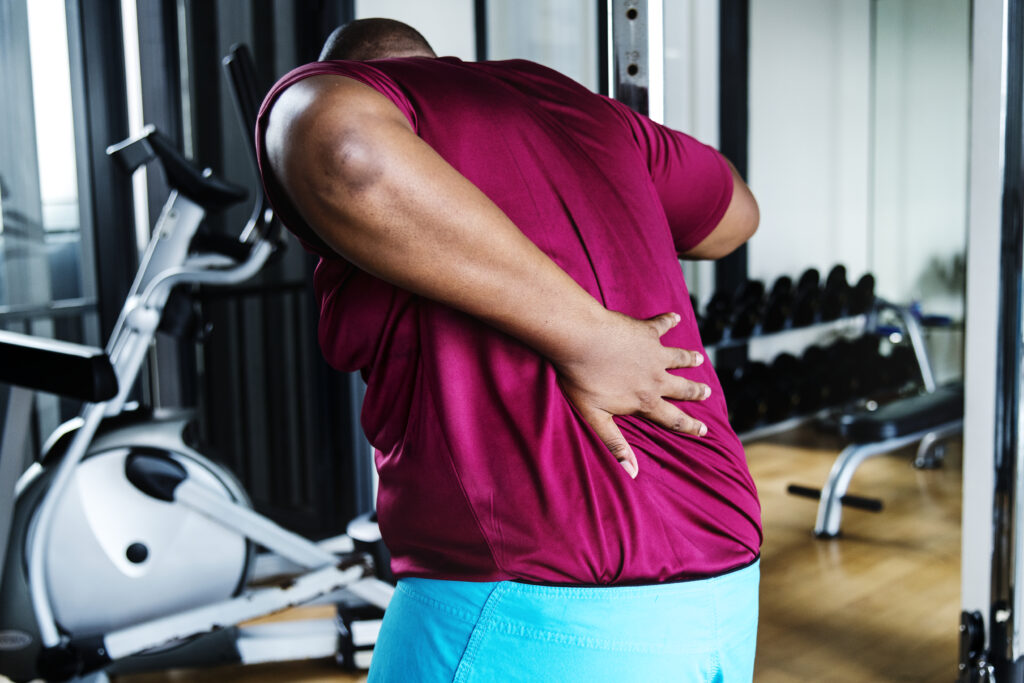Deadlifts are called as king of all exercises as it trains multiple muscle groups in our body. However not every gym going person perform Deadlifts and it’s okay, however if you do, you may be familiar with lower back pain after Deadlifts. As a fitness enthusiast myself I’m not any stranger to lower back pain after Deadlifts. And since this article is coming from personal experience and science backed facts, by the end of this you’ll know how to deal with lower back pain not only after Deadlifts, but any exercise or physical activity that may put stress on your lower back.

JUMP TO THE TOPIC
ToggleWhat causes lower back pain?
Before treating any issue you need to deal with its cause first. So, why exactly do you feel pain in lower back after deadlifting? There might be a variety of reasons and depending on the cause, you may or may not need treatment for correcting lower back pain. Let’s look at the potential reasons that make you feel lower back pain after Deadlifts.
Understanding Deadlifts
Before getting into the cause, you need to understand the movement of Deadlifts and what muscle groups it activates . So, What are Deadlifts?
As the name suggests dead-lift, this exercise requires lifting a stationary weight off the ground. And this is also a movement we do everyday in our lives- lifting objects from the ground. Primarily Deadlift involves Gluteus maximum (Glutes), Hamstrings, Erector spinae and Quads. But it also target Latimus Doris (Lats), Trapezius (Traps), core muscles, forearms and Hip flexors. This is the reason that Deadlifts are considered as one of the most important strength training exercise. Deadlifts are also a major part of strength based competitions world wide.
What’s the correct posture of performing a deadlift?
- Start with the bar over the mid point of your shoulder width apart placed feet.
- keeping your back straight, bend from your hips to grasp the bar either with an overhand or an underhand grip or with a combination of both depending upon your preference.
- Keeping your neck and back straight, lift the bar up with hips acting as hinge.
- Your back must be straight at all times during the movement. Failing to do so, may result in an injury in your lower back.
- At the top hold the bar for a second, then lower the weight to the ground while controlling the movement.
- Repeat for a rep range of your choice and increase weight if required.
- Lifting heavier than one’s potential may compromise the form which in turn can cause injury.
- Avoid bouncing the weight off the ground in between reps and control the movement.
Common causes of Lower Back pain after deadlifting
Let’s take a look at what might be the cause of your lower back pain.
- Improper Form: Deadlift is an exercise that requires involvement of different muscle groups across the body, and since so many muscles are involved so there’s a chance that your form may be compromised because one or the other muscle got fatigued.
As explained above, the correct form of doing a deadlift is hinging down from the hip joint keeping the spine neutral. If the back is rounded it may exert more pressure on the back muscles and spine which might become the cause of your lower back pain.
Practice with moderate weight to learn the correct form before going full Arnold. - Insufficient warm-up: Even if you deadlift with the most ideal form and still experience lower back pain after Deadlifts, try introspecting if you warmed up properly before your workout session.
On a cold morning with temperatures dropping below 0ºC or 32ºF, will you turn on your car’s ignition and Rev it into the top gear straight away? No you won’t because you know how important it is to warm up the engine before going full speed.
OR
If you’re not into cars imagine this- your friend invites you to a wedding at the last minute, will you go? Probably not because you’d need time to prepare your outfit and get ready, so you expect any invitations like this at least a day prior so you can prepare yourself.
Similarly your body needs to prepare itself before heavy workouts so your muscles get enough oxygen rich blood supply to sustain the pressure. If you neglect warmups before workout, you may faint or get injured because your body was not prepared.
